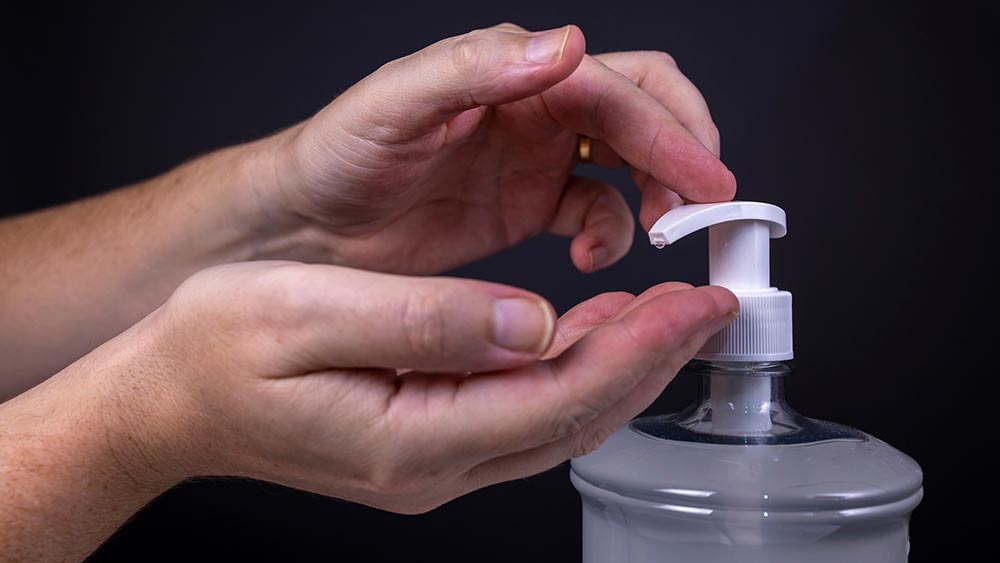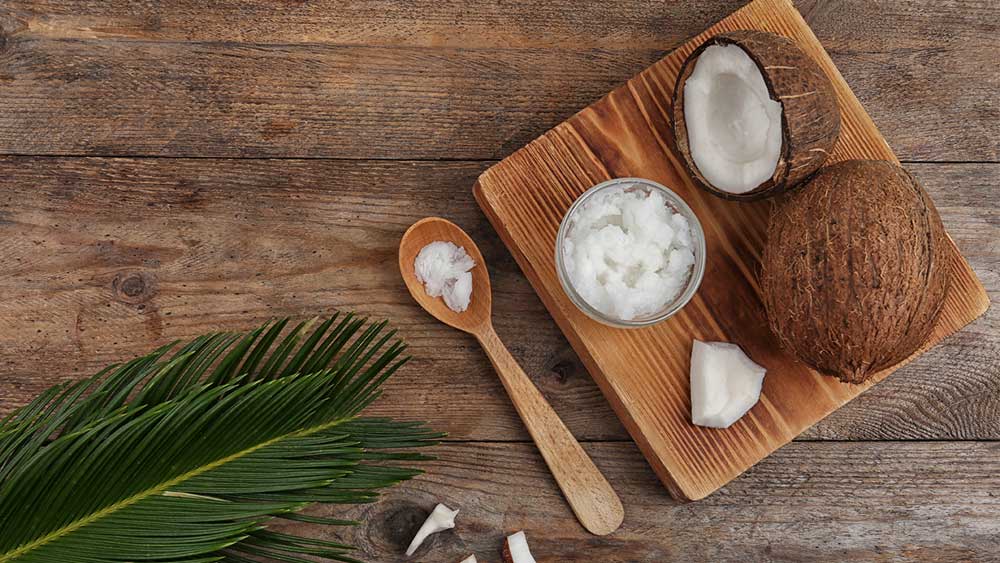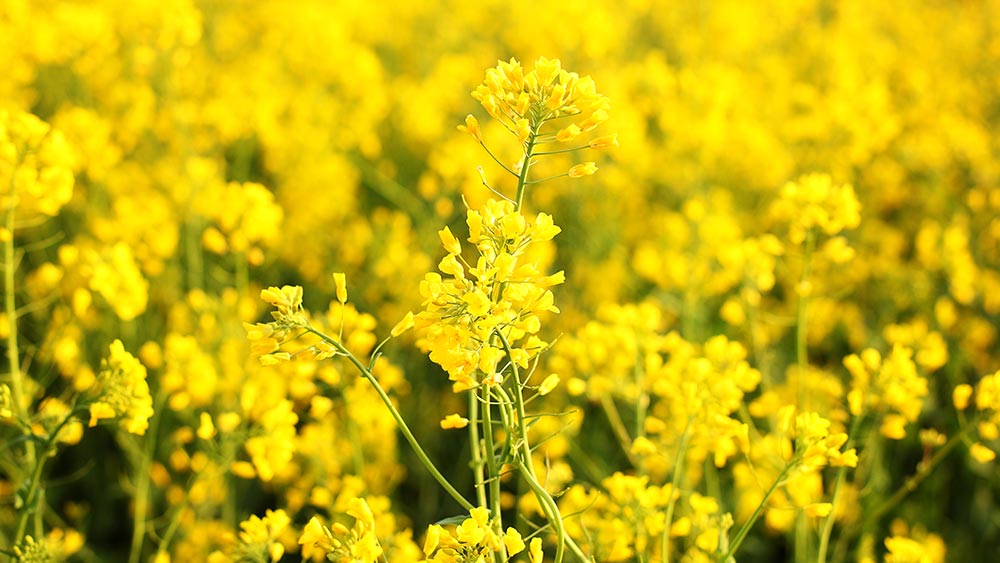
Isopropyl alcohol
- Pronunciation: \ ˌī-sə-ˈprō-pəl\ \ ˈal-kə-ˌhȯl\
What is Isopropyl Alcohol?

Isopropyl alcohol (IPA) is a colorless liquid with a sharp odor used as a antiseptic and astringent.[1,2] While it is more commonly known as a major ingredient in rubbing alcohol, it is also used in pharmaceutical, cleaning, cosmetics, and skincare products.
It is also known by these names: 2-propanol, isopropanol, 1-methylethanol or 2-hydroxypropane.
This organic compound is a flammable liquid and is known to be mildly irritating to humans if exposed to vapor in large amounts or for a long period of time.
Is it natural or is it synthetic? It is synthetic and is made through the hydration of propylene
What Does Isopropyl Alcohol Do in Our Products?

Isopropyl alcohol works as a solvent, antifoaming agent and viscosity decreasing agent.[3] It is in a wide variety of products, such as lotion, soap, detergents, makeup, fragrance, hair colorants, shampoo, shaving cream and hand sanitizer.[4,5]
Puracy uses 70% isopropyl alcohol in our gel sanitizers. You can find every ingredient we use in a transparency sheet.
Why Puracy Uses Isopropyl Alcohol
We use Isopropyl Alcohol in our alcohol-based hand sanitizer as it is an FDA-approved active ingredient to kill 99.9% of germs on your hands when used correctly.
The World Health Organization cites the ingredient in its best practices for disinfecting skin prior to injections.[7] The Cosmetic Ingredient Review has concluded that this ingredient is safe as currently used.[8] Whole Foods has deemed the ingredient acceptable in its beauty products.[9]
How Isopropyl Alcohol Is Made

IPA is an alkyl acetate that is an ester of acetic acid and alcohol.[6]
There are three methods to manufacture isopropyl alcohol: indirect hydration of propylene or sulfuric-acid process, direct hydration of propylene, and catalytic hydrogenation of acetone.
Indirect hydration of propylene
The indirect hydration of propylene is the oldest and most common method of making IPA. In this process, propylene is reacted with sulfuric acid to form isopropyl sulfate. The isopropyl sulfate is then hydrolyzed to form isopropyl alcohol and sulfuric acid.
The indirect hydration process is relatively inexpensive and easy to scale up. However, it produces a number of byproducts, including sulfuric acid, which can be harmful to the environment.
Direct hydration of propylene
The direct hydration of propylene is a newer method of making IPA. In this process, propylene is reacted with water in the presence of a catalyst, such as phosphoric acid or zinc oxide. The catalyst helps to speed up the reaction and produce a higher yield of IPA.
The direct hydration process is more environmentally friendly than the indirect hydration process because it does not produce sulfuric acid as a byproduct. However, it is also more expensive and difficult to scale up.
Catalytic hydrogenation of acetone
The catalytic hydrogenation of acetone is a third method of making IPA. In this process, acetone is reacted with hydrogen gas in the presence of a catalyst, such as platinum or palladium. The catalyst helps to speed up the reaction and produce isopropyl alcohol as the only product.
The catalytic hydrogenation of acetone is the most environmentally friendly method of making IPA because it does not produce any byproducts. However, it is also the most expensive and difficult to scale up.
What Is the Difference Between Isopropyl Alcohol and Rubbing Alcohol?

Isopropyl alcohol and rubbing alcohol are used interchangeably by the general public but they are not the same. Here are their key differences:
What makes it up?
Isopropyl Alcohol is the chemical compound with a molecular formula of C3H8O. Rubbing alcohol is a solution largely made up of isopropyl alcohol (70%) and water (30%).
Uses
Isopropyl Alcohol is more commonly used in the manufacture of cosmetics, cleaning agents, pharmaceuticals, and food products. It is also used as a solvent in the printing and textile industries. In the healthcare industry, it is used in hospitals to clean wounds and medical equipment.
Meanwhile, rubbing alcohol is less versatile and is mainly used as a first-aid antiseptic and disinfectant. It is more appropriate for use at home to clean scrapes and bruises or to disinfect hard surfaces like your kitchen table..
Odor
Isopropyl Alcohol has a strong odor while the other has a milder odor because it is diluted.
Concentration
Isopropyl Alcohol is available in various concentrations, including 99% and 91%. Meanwhile, rubbing alcohol usually contains around 70% isopropyl alcohol and 30% water.
Effectiveness
Higher concentration Isopropyl Alcohol is more effective for disinfection and sanitization. The diluted solution of rubbing alcohol is effective for mild disinfection and cleaning.
Rubbing alcohol is essentially watered down IPA. Its most basic components are isopropyl alcohol and water. There are also other ingredients that are added like methyl salicylate to create muscle relieving products.
It is more commonly used at home to disinfect commonly touched or high traffic hard surfaces, such as your thermometers, keyboard, door knobs, and cabinet handles. When cleaning and dressing wounds, using it is also one of the first thoughts in mind.
IPA is miscible or can be mixed with ether, chloroform, acetone, benzene, and water.
The amount and length of exposure to these products may cause negative effects in the eyes, nose, and throat. It may cause dizziness and irritation.
Sources
[1] Cosmetic Ingredient Review
[2] U.S. National Library of Medicine
[4] Cosmetic Ingredient Review
[5] Environmental Working Group
[6] Cosmetic Ingredient Review
[7] U.S. National Library of Medicine
[8] Cosmetic Ingredient Review


























